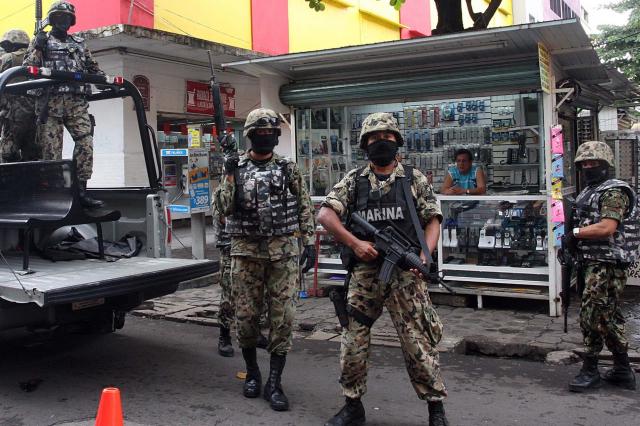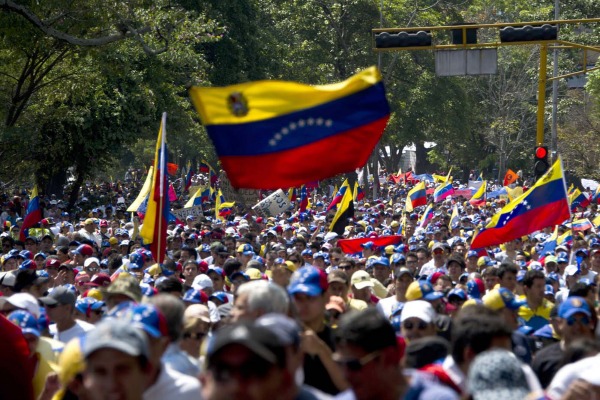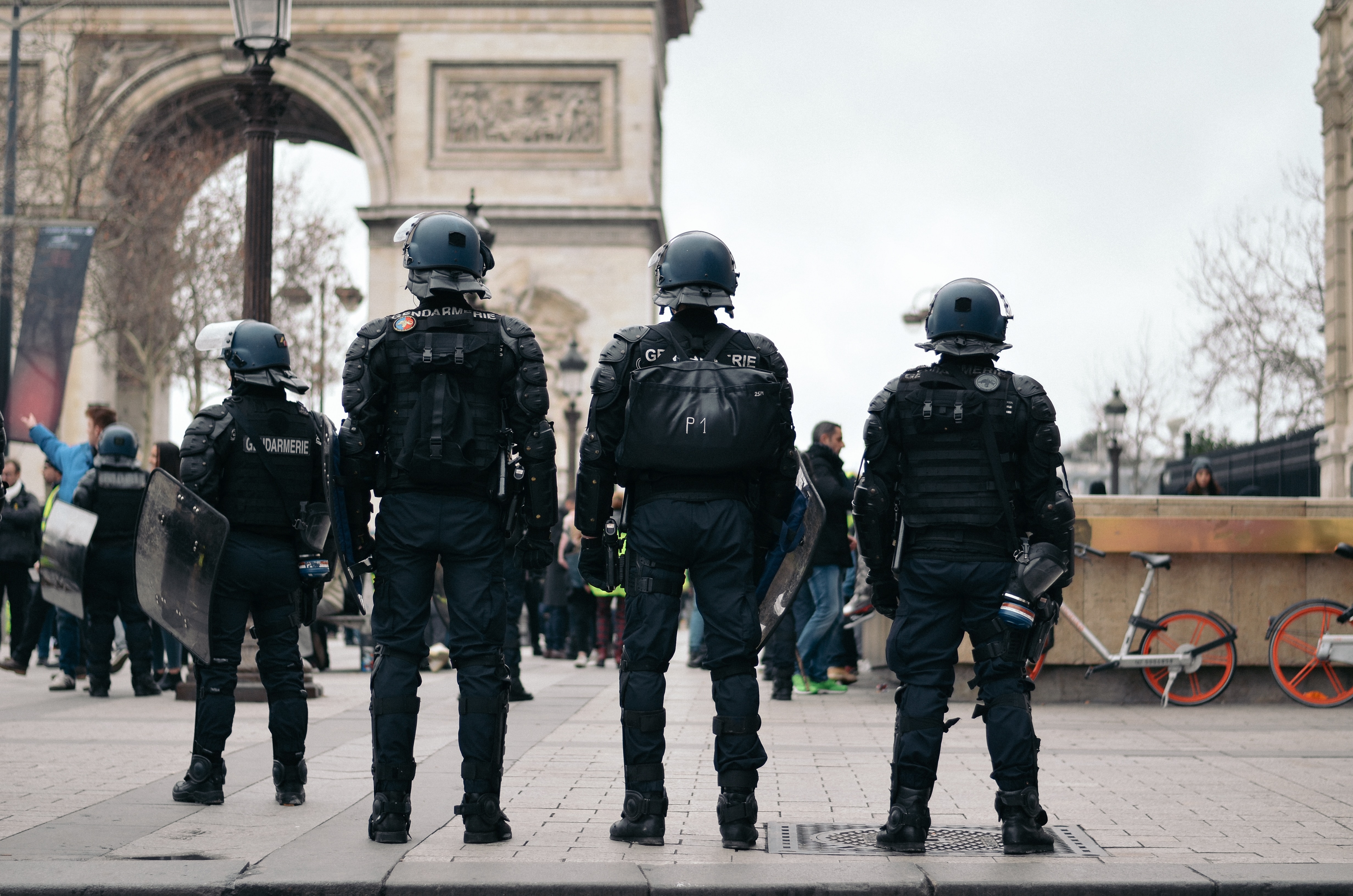Guest post by Omar García-Ponce and Andrés Lajous.
A few months ago the New York Times published an article about the outstanding lethality of Mexican security forces in the context of the drug war. The piece portrays Mexico’s armed forces as “exceptionally efficient killers.” The nation’s army kills eight enemies for each one it wounds; and the killed-to-wounded ratio is even higher among elite marine forces (30:1). According to the Times, this suggests that “Mexico’s kill rate is practically unheard-of.”
Regrettably, this description is misleading. While the Mexican armed forces have disproportionately killed more people during the drug war, there is no evidence that they have become more efficient killers. We unpack this point in two steps. First, lethality ratios do not capture efficiency in combat. Second, analysis of relevant data fails to exhibit increased efficiency.
Why killed-to-wounded ratios don’t measure lethality
Measuring an armed group’s lethality is not a straightforward task. The New York Times article quotes Paul Chevigny, whose work on police use of force measures the killed-to-wounded ratio of presumed criminals (or “opponents”) in engagements with the police. In turn, Chevigny appears to reference the work of Forné et al. (2012; 2015) on Mexico’s Army, Marine, and Federal Police. Based on data released by the government – yearly totals of opponents and security personnel wounded and killed during armed confrontations – Forné et al. (2012; 2015) construct killed-to-wounded ratios by institution, which they call lethality ratios. Although the use of killed-to-wounded ratios has been suggested as an effective metric to track specific massacres (Coupland and Meddings, 1999), it is a statistic more frequently used to analyze medical attention during armed conflicts than to measure combat efficiency, the severity of civil war, or the use of force.
Killed-to-wounded ratios are an unreliable measure of both combat efficiency and the disproportionate use of deadly force per event. There are two main problems with this metric. The first is the lack of information on the total number of participants in each armed engagement. In other words, the denominator is unknown and it is therefore problematic to estimate casualty rates per event, which would be ideal to assess combat efficiency. Secondly, these ratios only include information on encounters that lead to the use of deadly force, leaving out encounters in which that level of violence was not used.
Consider the data from Mexico’s federal security forces. According to Figure 1, the killed-to-wounded ratio among both the army and the federal police has significantly increased since 2010. Based on this information, one may jump to the conclusion that Mexico’s armed forces have become more efficient killers. But there could be at least two different stories behind these data. On the one hand, it could certainly be the case that the state’s security forces became more efficient killers. Alternatively, it could be the case the size and type of armed confrontations changed, imposing greater risks, and demanding a higher use of deadly force, which doesn’t necessarily imply higher efficiency.
Figure 1
Suppose that before 2010 the average armed event between the Mexican army and a drug cartel involved 10 soldiers against 20 drug traffickers, and that soldiers were instructed to capture rather than to kill drug traffickers, which typically resulted in low killed-to-wounded ratios. Now suppose that after 2010 the army was instructed to kill indiscriminately, and that in a fight of the same size (10 soldiers against 20 drug traffickers), the soldiers initially shot and killed one opponent, leading most of the other opponents to run away. According to these casualty counts, this event would score high in terms of the lethality ratio, even if soldiers were not very “efficient” in terms of killing combatants.
An example that runs in the opposite direction would be the use of weapons that produce a larger number of wounded combatants but less fatalities. The indiscriminate use of explosives in engagements between the armed forces and criminal organizations would most likely constitute a disproportionate use of force. However, these actions are likely to increase the wounded count by a larger number than the fatality count, leading the analyst to believe that low lethality means a more proportional use of force and not the opposite. This means that without having at least some approximation regarding the risks implied in each encounter and the total number of participants, it is difficult to use the lethality ratio as a measure of proportionality in the use of force. This last point is especially important since this would explain why lethality ratios behave very differently in the context of a war where aerial bombing or mortar fire is used than in a large-scale criminal conflict as is the current case in Mexico.
A third problem with using killed-to-wounded ratios as a measure of lethality is that non-state armed groups have differential access to first-aid training and medical support, which has been shown to be an important determinant of mortality in combat (Fazal, 2014). Within the Mexican context, it is very likely that the availability of first-aid training and medical support is skewed in favor of members of state security forces.
Why did lethality ratios increase in Mexico?
With regard to the case of Mexico, it has been suggested that the increase in the killed-to-wounded ratio may be accounted for by differences in training and shooting skills, as the New York Times article points out. One could argue that criminal organizations in Mexico have easy access to high-powered weaponry (Dube et al. 2013), but that they do not have the capacity to train their members in the use of such weaponry. Assault weapons might be easy to buy in the black market, but training is costly. The availability of weapons paired with a lack of training might lead to a large divide between the risk perceived by members of the armed forces when encountering criminals, and the actual risk of getting shot by an untrained criminal holding an R-15. This divide between perceived and actual risk could influence the number of opponents that are killed for each one that is wounded.
To explore that possibility we used publicly available data to analyze the determinants of “Opponents Killed” (i.e. presumed criminals) during Mexican drug war events. We estimated a series of models using death counts from all engagements between federal, state, and local security forces and presumed criminals (details here).
These results need to be taken with a grain of salt, but the data indicate a positive correlation between the presence of assault weapons in the event and the number of opponents killed. We also find that the military kills more opponents when the opponents are wearing uniforms (some drug cartels rely on groups of gunmen organized as paramilitaries). These findings could be the result of security personnel reacting more violently when they perceive higher risks due to high-powered weaponry or the display of more organizational capabilities by opponents. But it could also be the case that opponents wearing uniforms and assault weapons tend to be larger groups than those without uniforms or assault weapons.
We must emphasize that the shortcomings of using killed-to-wounded ratios should not lead anyone to believe that the Mexican armed forces do not use excessive force, or that they are not involved in the systematic violation of human rights. There is ample evidence that members of the Mexican armed forces regularly participate in human rights violations (details here).
To summarize, the data on casualties produced by the armed forces in the Mexican drug war is one piece of relevant and useful information for understanding the severity of the violence and government policy. However, researchers and journalists need to look beyond those statistics alone before offering policy judgments or recommendations. In particular, more detailed information on the circumstances of the encounters between security personnel and presumed criminals would be much more useful for understanding and evaluating how and when force is legitimately used. In the scant literature on the use of force by policing institutions, there is no consensus on what are the best measures to track an explain abuses in the use of force (Brodeur, 2003).
That said, some recent work has made evident the importance of considering all instances of police-citizen contact in a given period or area when evaluating the use of force, while also highlighting the use of force by the police as a continuum that goes from minimal physical contact to deadly violence (Legwie, 2016; Fryer, 2016). Up until now the type of data used in this recent literature is not available for Mexico. Hopefully – for both policy and academic reasons – researchers will find or create new databases that will further advance our understanding of the dire consequences of the Mexican drug war.
Omar García-Ponce is Assistant Professor at University of California, Davis and Andrés Lajous is a PhD student at Princeton University.









1 comment